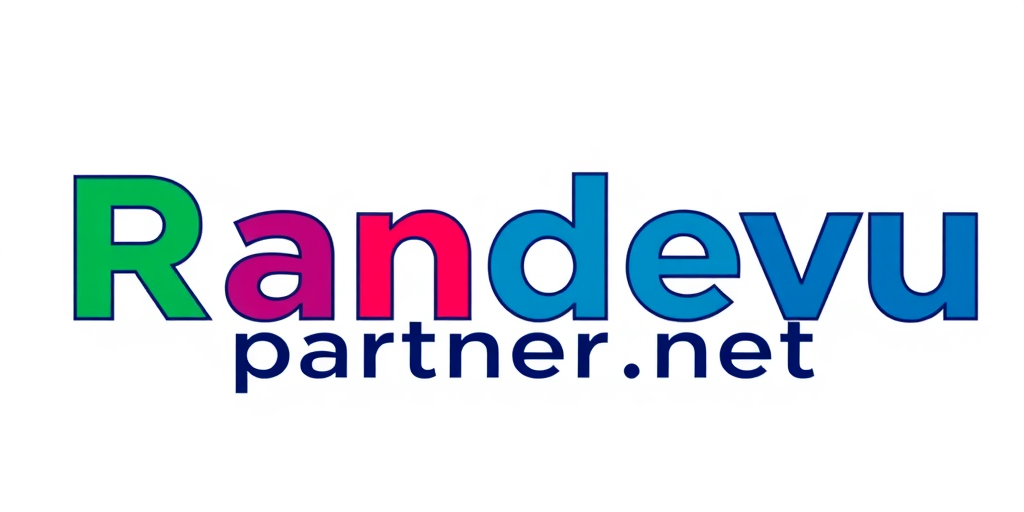Latest Update
Today's Top Highlights
Discover our latest stories and insights from around the world
 News
News
 News
News
Suspect Bailed Following Detainment Over Hate-Motivated Rape of Sikhism-Following Woman in the Region
 By Thomas Jennings
•
17 Sep 2025
By Thomas Jennings
•
17 Sep 2025
 News
News
The Director Claims Hal Jordan Has the Potential to Overpower The Man of Steel in a DCU Showdown
 By Thomas Jennings
•
17 Sep 2025
By Thomas Jennings
•
17 Sep 2025
 News
News
Landmark Judicial Reform in Scottish Law: Abolition of ‘Not Proven’
 By Thomas Jennings
•
17 Sep 2025
By Thomas Jennings
•
17 Sep 2025
 News
News
Carol Ann Duffy Pens Explosive Verse on Donald Trump’s UK State Visit
 By Thomas Jennings
•
17 Sep 2025
By Thomas Jennings
•
17 Sep 2025
 News
News
UK Chef Heston Blumenthal Launches Special Menu for Appetite-Suppressing Drug Users
 By Thomas Jennings
•
17 Sep 2025
By Thomas Jennings
•
17 Sep 2025
 News
News
England's Opener Overpowers Ireland in Opening T20 as Young Captain Jacob Secures History
 By Thomas Jennings
•
17 Sep 2025
By Thomas Jennings
•
17 Sep 2025
 News
News
Gen V Finally Unveiled a Villain Worthy of Its Predecessor
 By Thomas Jennings
•
17 Sep 2025
By Thomas Jennings
•
17 Sep 2025
 News
News
Priceless Gold Pieces Stolen in Audacious Raid at French Natural History Museum
 By Thomas Jennings
•
17 Sep 2025
By Thomas Jennings
•
17 Sep 2025
 News
News
Trump Resort in Aberdeenshire Accused of Violating Sewage Standards
 By Thomas Jennings
•
17 Sep 2025
By Thomas Jennings
•
17 Sep 2025
 News
News
Groundbreaking AI Tool Estimates Individual Risk of More Than 1,000 Diseases, Report Researchers
 By Thomas Jennings
•
17 Sep 2025
By Thomas Jennings
•
17 Sep 2025
 News
News
Israeli Culture Minister Vows to Cut National Film Awards After Palestinian Story Movie Wins Top Prize
 By Thomas Jennings
•
17 Sep 2025
By Thomas Jennings
•
17 Sep 2025
September 2025 Blog Roll
August 2025 Blog Roll
July 2025 Blog Roll
June 2025 Blog Roll
Popular Posts
Sponsored News

News
Aston Villa Face Another Defeat: What a Contrast a Twelve Months Can Make
 Thomas Jennings
Thomas Jennings

News

News
Which is the Ideal Way to Apologise? Forgive Me, Though I Differ with the Newest Recommendation...
 Thomas Jennings
Thomas Jennings

News
Continuous Struggle Critique – The Director’s Exhilaratingly Frenetic Alternative Culture Adventure
 Thomas Jennings
Thomas Jennings

News
Numerous Activists Converge in Downtown London to Oppose Trump's Second State Visit
 Thomas Jennings
Thomas Jennings

News





